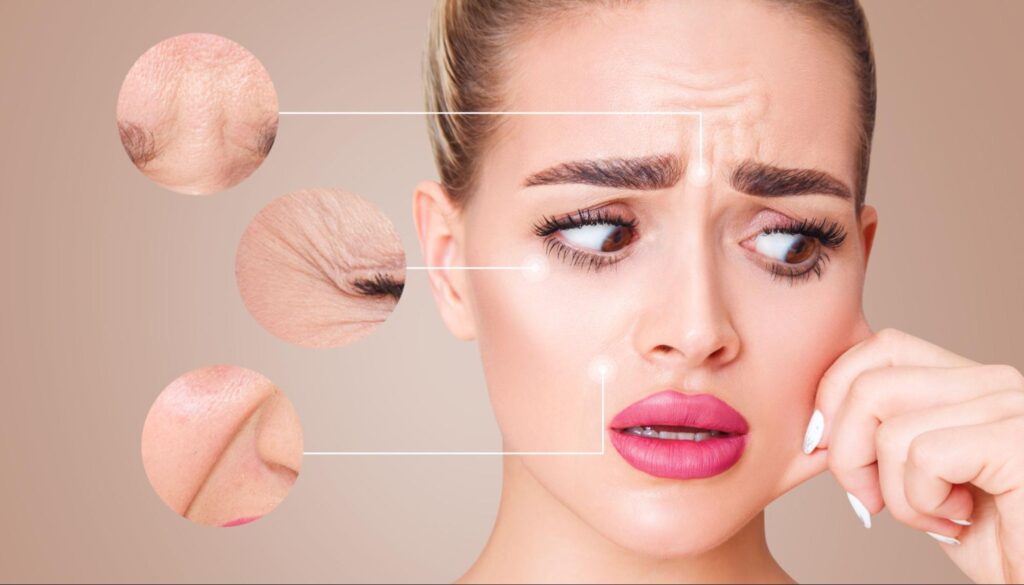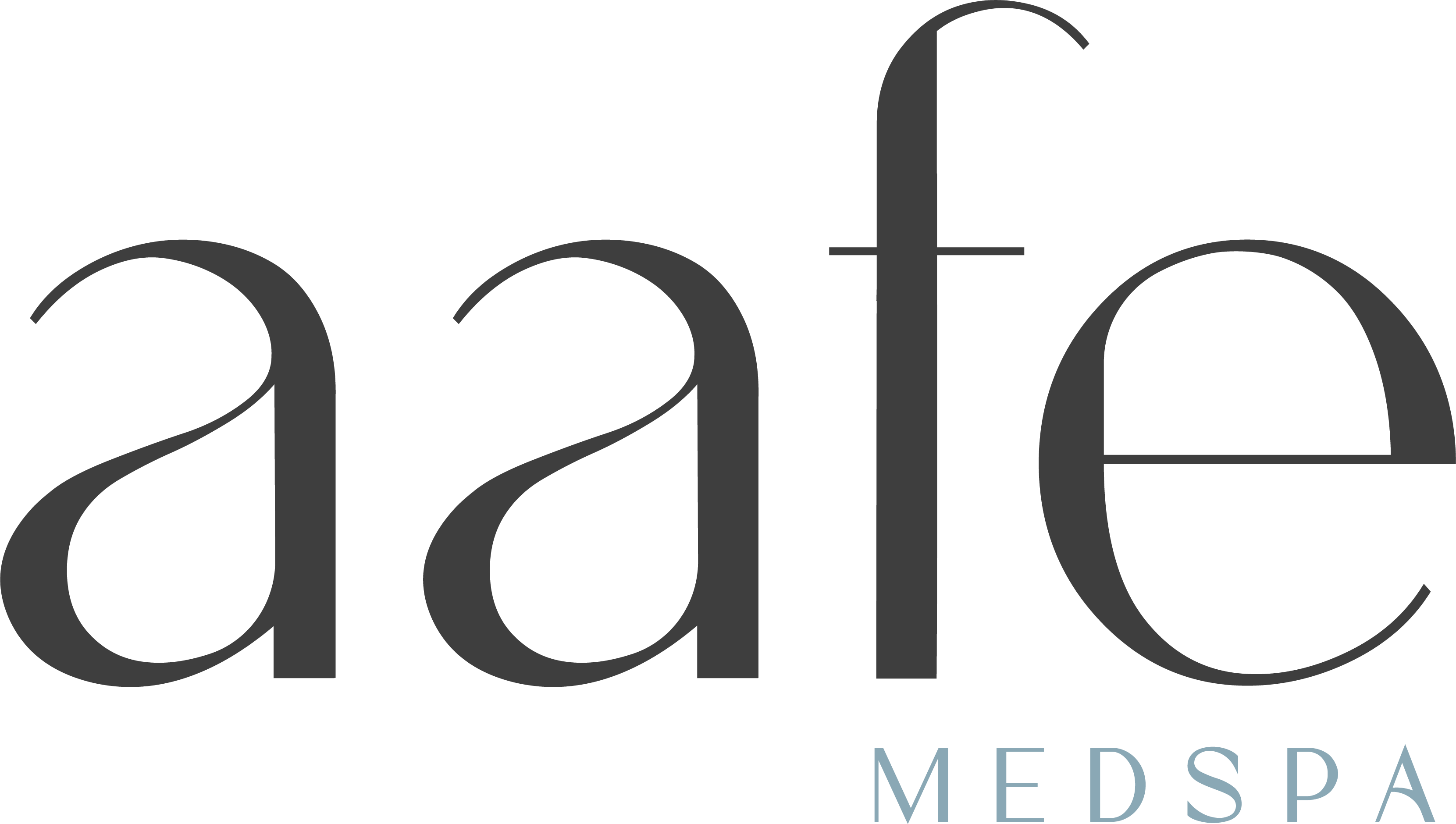When most people hear the word Botox®, they immediately think of its cosmetic applications—smoothing out wrinkles and achieving a more youthful appearance. However, Botox® is far more than just a beauty treatment.
This versatile injectable has a range of medical uses that can significantly improve the quality of life for many individuals. Understanding the full spectrum of Botox®’s benefits—from facial rejuvenation to medical relief—can help you appreciate why it has become one of the most sought-after treatments in the world of aesthetics and beyond.
Continue reading to find out more about the many advantages of Botox®, exploring both its cosmetic and medical applications.
What is Botox®?
Botox®, short for botulinum toxin, is a neurotoxic protein produced by the bacterium Clostridium botulinum. While the idea of using a toxin might sound alarming, Botox® has been thoroughly researched and is FDA-approved for various uses.
The protein works by temporarily blocking the nerve signals to muscles, preventing them from contracting. This relaxation of the muscles is what leads to the smoothing of wrinkles, as it stops the repetitive facial movements that cause lines and creases over time.
Botox® is most commonly known for its cosmetic applications, where it is injected into specific areas of the face to reduce the appearance of wrinkles and fine lines. However, its use extends far beyond aesthetic enhancements.
Because of its ability to relax muscles, Botox® is also employed in a variety of medical treatments, offering relief from conditions that can significantly impact a person’s quality of life.

Benefits of Botox®
Botox® is renowned for its dual ability to enhance facial aesthetics and provide medical relief for various conditions. Here’s a comprehensive look at the benefits Botox® offers:
1. Wrinkle Reduction and Facial Rejuvenation
The most well-known benefit of Botox® is its ability to reduce the appearance of wrinkles and fine lines. Botox® is particularly effective at treating dynamic wrinkles, which are caused by repeated muscle movements over time. These include:
- Crow’s Feet. The fine lines that appear at the corners of the eyes when you smile.
- Frown Lines. The vertical lines that form between the eyebrows, often referred to as “11 lines.”
- Forehead Lines. Horizontal lines that stretch across the forehead from raising the eyebrows.
Botox® works by relaxing the muscles responsible for these expressions, smoothing out the skin, and creating a more youthful, refreshed appearance. Results typically last three to six months, after which the treatment can be repeated to maintain the effects.
2. Eyebrow Lift
Beyond wrinkle reduction, Botox® can also be used to achieve a subtle eyebrow lift. By carefully injecting Botox® into specific areas around the brow, it’s possible to elevate the eyebrows slightly, opening up the eyes and giving the face a more awake and youthful look. This is a non-surgical alternative to a traditional brow lift, offering similar results with minimal downtime.
3. Migraine Relief
One of the lesser-known but highly impactful uses of Botox® is in the treatment of chronic migraines. For those who suffer from debilitating migraines, these anti-aging injections can significantly reduce the frequency and severity of headaches.
The FDA approved Botox® for this purpose in 2010 after studies showed that patients experienced fewer migraine days per month following treatment. Botox® is injected into areas around the head and neck, where it helps to block the pain signals that contribute to migraines.
4. Hyperhidrosis Treatment
Hyperhidrosis, or excessive sweating, is another condition that can be effectively treated with Botox®. For individuals who struggle with excessive sweating, particularly in areas like the underarms, palms, or feet, Botox® injections can offer significant relief.
By blocking the nerve signals that activate sweat glands, Botox® reduces sweating and helps individuals manage this often embarrassing condition. The effects of Botox® for hyperhidrosis can last six months or more, providing long-term comfort and confidence.
5. Treatment for Muscle Spasms and Stiffness
Botox® is also used to treat certain muscle conditions, such as cervical dystonia, a painful condition where the neck muscles contract involuntarily, causing the head to twist or turn to one side. By injecting Botox® into the affected muscles, the contractions can be reduced, alleviating pain and discomfort.
In addition, Botox® is used to treat spasticity, particularly in conditions like cerebral palsy, where it helps to relax muscles and improve mobility. This application of Botox® has been life-changing for many patients, allowing them greater ease of movement and reducing the discomfort associated with muscle stiffness.
6. TMJ Disorder and Jaw Tension Relief
Temporomandibular joint (TMJ) disorder can cause significant pain and discomfort in the jaw, leading to headaches, earaches, and difficulty chewing. Botox® injections can help relieve this pain by relaxing the muscles responsible for jaw tension. This not only alleviates discomfort but can also prevent teeth grinding (bruxism) and protect against further damage to the teeth and jaw.
7. Non-Surgical Facelift
While Botox® is not a replacement for a surgical facelift, it can provide a non-surgical alternative for those looking to achieve a more youthful appearance without going under the knife. Botox® can be used in conjunction with dermal fillers to lift and contour the face, reducing the appearance of sagging skin and creating a more defined jawline. This combination of treatments, often referred to as a “liquid facelift,” offers a subtle yet significant improvement in facial aesthetics.
8. Correcting a Gummy Smile
For those self-conscious about a gummy smile (where too much of the gums show when smiling), Botox® can offer a simple solution. By injecting Botox® into the upper lip muscles, it is possible to reduce the amount of gum exposed when smiling, resulting in a more balanced and attractive smile. This treatment is quick, non-invasive, and provides results that last several months.
Timing Your Botox® Treatment for Optimal Results
To get the best possible results from your Botox® treatment, it’s important to consider the timing of your injections. Here are a few tips:
- Plan Ahead for Events. If you are getting Botox® for a special occasion, such as a wedding or reunion, schedule your treatment at least two weeks in advance. This allows time for the full effects to develop and for any potential swelling or bruising to subside.
- Consistency is Key. To maintain the benefits of Botox®, regular treatments are necessary. Most people find that scheduling Botox® every three to four months helps to keep their skin looking smooth and youthful.
Combine with Other Treatments. Botox® can be combined with other aesthetic treatments, such as dermal fillers or laser therapy, to enhance the overall results. Discuss your goals with your provider to create a customized treatment plan that meets your needs.

Experience the Benefits of Botox® Now
Whether you are looking to reduce wrinkles, alleviate migraines, or treat hyperhidrosis, Botox® offers a versatile and effective solution. At AAFE Medspa in Atlanta, GA, we specialize in providing top-tier Botox® treatments tailored to your unique needs and goals. Our experienced injectors are dedicated to helping you achieve the best possible results, ensuring that you look and feel your best.
If you are ready to explore the many benefits of Botox®, call us now to schedule a consultation today. Let us help you discover how Botox® can enhance your beauty and improve your quality of life!

